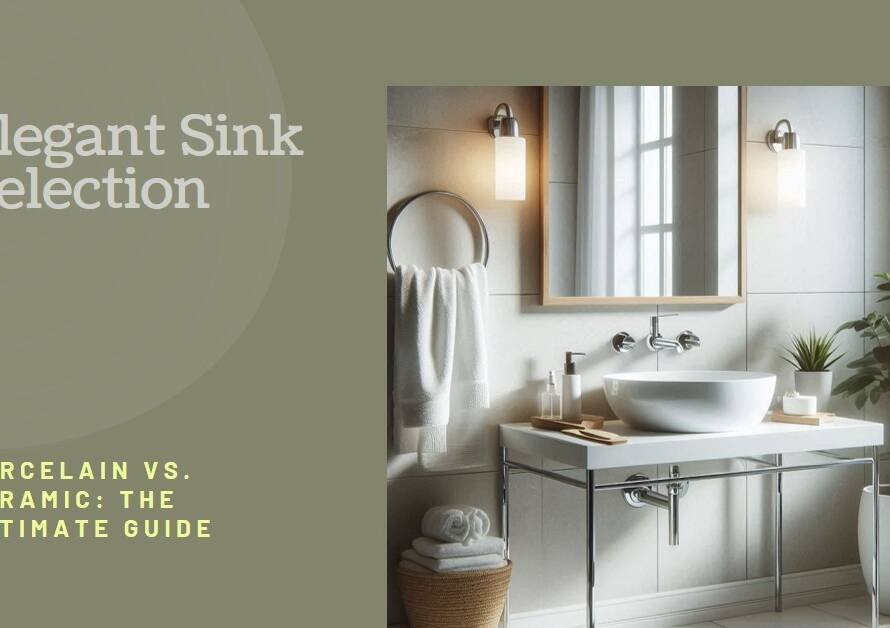
Table of Contents
- Embracing Green Living: Designing Sustainable Interior Environments
- The Essence of Sustainable Interior Design
- Choosing Eco-Friendly Materials
- Maximizing Energy Efficiency
- Water Conservation Techniques
- Incorporating Indoor Plants
- Sustainable Furniture Choices
- Enhancing Indoor Air Quality
- Sustainable Design for Different Spaces
- Sustainable Practices for Everyday Living
- Conclusion: A Path Towards Sustainable Living
Embracing Green Living: Designing Sustainable Interior Environments
Creating a sustainable interior environment is no longer a luxury but a necessity. As we face increasing environmental challenges, the importance of designing spaces that are both beautiful and environmentally friendly has never been more critical. In this blog post, we will explore the various aspects of sustainable interior design, providing you with practical tips and insights to transform your spaces into eco-friendly havens.
The Essence of Sustainable Interior Design
Sustainable interior design is the art of creating spaces that minimize environmental impact while maximizing comfort and aesthetics. It involves making conscious choices about materials, energy use, and overall design to promote sustainability. By prioritizing eco-friendly practices, we can significantly reduce our carbon footprint and create healthier living environments.
Key Principles of Sustainable Design
At the heart of sustainable interior design are several key principles. Firstly, resource efficiency is paramount. This means using materials and products that are renewable, recyclable, and durable. Secondly, energy efficiency is crucial, achieved through smart design and the use of energy-saving technologies. Lastly, sustainability in design involves creating spaces that enhance the well-being of their occupants, incorporating natural light, ventilation, and non-toxic materials.
Choosing Eco-Friendly Materials
Selecting sustainable materials is a cornerstone of eco-friendly interior design. These materials should have minimal environmental impact throughout their lifecycle, from production to disposal.
Natural and Recycled Materials
Opting for natural materials such as wood, bamboo, and cork can significantly reduce the environmental footprint of your interiors. These materials are renewable, biodegradable, and often have a smaller carbon footprint compared to synthetic options. Additionally, incorporating recycled materials, such as reclaimed wood or recycled metal, helps to reduce waste and conserve resources.
Low-Emission Products
It’s essential to choose products that emit low levels of volatile organic compounds (VOCs). VOCs are harmful chemicals found in many household products, including paints and finishes, which can contribute to indoor air pollution. By selecting low-VOC or VOC-free products, you can improve indoor air quality and create a healthier environment for occupants.
Maximizing Energy Efficiency
Energy efficiency is a critical component of sustainable interior design. By reducing energy consumption, you can lower your carbon footprint and save on utility bills.
Smart Lighting Solutions
One of the most effective ways to enhance energy efficiency is through smart lighting solutions. LED lights, for example, use significantly less energy than traditional incandescent bulbs and have a longer lifespan. Additionally, incorporating natural light through well-placed windows and skylights can reduce the need for artificial lighting during the day, further conserving energy.
Energy-Efficient Appliances
Choosing energy-efficient appliances is another vital step. Look for products with the Energy Star label, which indicates that they meet stringent energy efficiency guidelines. These appliances not only use less energy but often perform better and last longer than their less efficient counterparts.
Water Conservation Techniques
Water conservation is an often-overlooked aspect of sustainable interior design. Implementing water-saving strategies can significantly reduce water usage and promote sustainability.
Low-Flow Fixtures
Installing low-flow fixtures, such as faucets, showerheads, and toilets, can dramatically decrease water consumption. These fixtures are designed to use less water without sacrificing performance, helping to conserve this precious resource.
Greywater Systems
Greywater systems offer an innovative solution for water conservation. These systems collect and treat wastewater from sinks, showers, and washing machines, which can then be reused for irrigation or toilet flushing. By recycling greywater, you can reduce overall water usage and contribute to a more sustainable household.
Incorporating Indoor Plants
Indoor plants are not only aesthetically pleasing but also play a significant role in creating sustainable interiors. They improve air quality, enhance well-being, and add a touch of nature to your home.
Air Purification
Plants act as natural air purifiers, removing toxins and pollutants from the air. Species such as spider plants, snake plants, and peace lilies are particularly effective at filtering out harmful substances and improving indoor air quality.
Biophilic Design
Incorporating biophilic design elements, which emphasize the connection between humans and nature, can enhance the overall well-being of occupants. This design approach includes using natural materials, maximizing natural light, and incorporating indoor plants to create a calming and rejuvenating environment.
Sustainable Furniture Choices
Furniture is a significant component of interior design, and choosing sustainable options can greatly impact the environmental footprint of your space.
Durable and Timeless Pieces
Investing in high-quality, durable furniture reduces the need for frequent replacements, thereby conserving resources. Opt for timeless designs that can adapt to changing trends, ensuring that your furniture remains relevant and functional for years to come.
Ethical and Local Sourcing
Supporting furniture manufacturers who prioritize ethical and sustainable practices is another crucial step. Look for companies that use responsibly sourced materials, employ fair labor practices, and minimize waste in their production processes. Additionally, sourcing furniture locally reduces transportation emissions and supports local economies.


Enhancing Indoor Air Quality
Indoor air quality is a vital aspect of sustainable interior design, directly impacting the health and well-being of occupants.
Ventilation Systems
Proper ventilation is essential for maintaining healthy indoor air quality. Ensure that your space is well-ventilated by incorporating exhaust fans, air purifiers, and strategically placed windows. This helps to remove indoor pollutants and bring in fresh air, creating a healthier living environment.
Non-Toxic Materials
Choosing non-toxic materials, such as natural paints, finishes, and adhesives, can significantly reduce indoor air pollution. These products emit fewer harmful chemicals, contributing to a safer and healthier home.
Sustainable Design for Different Spaces
Sustainable interior design principles can be applied to various spaces within your home, each with its unique considerations and opportunities for eco-friendly improvements.
Eco-Friendly Kitchens
Kitchens are often the heart of the home and offer numerous opportunities for sustainable design. Consider energy-efficient appliances, sustainable countertops made from materials like recycled glass or bamboo, and low-flow faucets. Additionally, ample natural lighting and proper ventilation can enhance the overall sustainability of your kitchen.
Green Living Rooms
In living rooms, focus on sustainable furniture, energy-efficient lighting, and indoor plants. Choose natural or recycled materials for flooring and wall finishes, and incorporate energy-saving technologies such as smart thermostats and lighting controls. These measures will create a comfortable and eco-friendly living space.
Sustainable Practices for Everyday Living
Beyond the initial design phase, incorporating sustainable practices into your daily routine is essential for maintaining an eco-friendly interior environment.
Reducing Waste
Implementing waste reduction strategies, such as recycling and composting, can significantly decrease the amount of waste your household produces. Additionally, choosing products with minimal packaging and reusing or repurposing items can further reduce waste.
Mindful Consumption
Adopting a mindful approach to consumption involves being conscious of the products you buy and their environmental impact. Opt for items that are sustainably produced, durable, and have minimal negative impact on the environment. This mindset promotes a more sustainable lifestyle and reduces overall resource consumption.
Conclusion: A Path Towards Sustainable Living
Designing sustainable interior environments is a multifaceted process that requires careful consideration and conscious decision-making. By prioritizing eco-friendly materials, maximizing energy and water efficiency, incorporating indoor plants, and choosing sustainable furniture, you can create a home that is both beautiful and environmentally responsible. Embracing sustainable practices in your everyday life further enhances these efforts, contributing to a healthier planet and a more sustainable future. As we move forward, let us continue to innovate and strive towards creating interior spaces that reflect our commitment to sustainability and the well-being of our planet.



